A look at what defines a car versus a truck
DETROIT—Trucks outsold passenger cars in the U.S. this October by the widest margin since 2005. Here's a look at the differences between passenger cars and trucks:

TRUCKS
-- Technically speaking, the trucks most people drive are called light duty trucks and include a wide range of vehicles, including minivans, SUVs and crossovers. They don't include tractor-trailer rigs that haul freight for businesses. Those kinds of trucks are called heavy commercial vehicles.
-- Light duty trucks typically weigh between 4,000 pounds and 8,500 pounds. They are often used to ferry large families, to haul boats and trailers and for off-road driving. Most trucks and utility vehicles get fewer miles to the gallon than passenger cars.
-- Examples: Crossovers such as the Chevrolet Equinox and Toyota RAV4, which are built on car-based platforms for smoother rides but are designed to look similar to SUVs; SUVs such as the Jeep Grand Cherokee and Toyota Highlander, which are built on truck-platforms; popular pickups like the Ford F-Series truck, the Chevrolet Silverado and the Dodge Ram, and passenger vans such as the Ford Transit Connect and Chevrolet Express. Crossovers are a fuzzy area. The government determines what a crossover is based on weight and other dimensions, but some industry trackers use their own qualifications.
PASSENGER CARS:
-- A car generally weighs between 2,500 pounds and 4,000 pounds. Passenger cars tend to be used by smaller families and garner better fuel efficiency than trucks.
-- Examples: Subcompacts, such as the Honda Fit and Nissan Versa; Compact cars such as the Ford Focus and Honda Civic; mid-size cars such as the Toyota Prius and Hyundai Sonata and full-size sedans like the Chevrolet Impala and Ford Taurus. Station wagons such as the Subaru Outback and Kia Rondo are typically included in this category, too.
-- Passenger cars dominated vehicle sales until the rise of sport utility vehicles in the late 1990s. SUV and truck sales took a larger share of the U.S. vehicle market until recent years, when high fuel prices pushed car shoppers to consider cars.
Even with strong truck sales in October, cars have still managed to outsell trucks during the first 10 months of the year.
© Copyright 2010 Associated Press. All rights reserved. This material may not be published, broadcast, rewritten, or redistributed.
Passenger cars & light commercial vehicles
European emissions limits for light-duty vehicles (up to 3.5 tonnes and carrying up to nine people including the driver) – in other words cars, ‘people carriers’, SUVs and light vans – first reached a level that forced the use of catalysts for gasoline engines in 1993. At that time it was still possible to use oxidation catalysts and so-called “open-loop three way catalyst (TWC)” for some vehicles, but the increasingly stringent stages of emissions regulation since then (Euro 2 in 1997, Euro 3 in 2001, Euro 4 in 2006, Euro 5 in 2009 and Euro 6 in 2014) have ensured that three-way catalysts are universally used for gasoline engines in Europe.
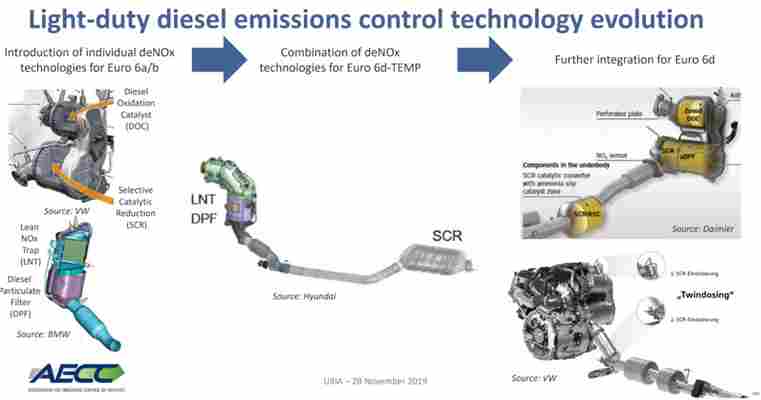
Typical modern systems for vehicles with gasoline or gas engines will include one or more ‘close-coupled’ catalysts near to the exhaust manifold and often an additional catalyst further down the exhaust, under the floor of the car. The exhaust system will include an oxygen sensor or air:fuel ratio sensor that monitors the oxygen content of the exhaust and continuously adjusts the fuelling to match the conditions. This also ensures that the system alternates rapidly between very slightly fuel-lean and very slightly fuel-rich conditions. In this way both the oxidation functions (conversion of CO and HC into CO 2 and water) and the chemical reduction function (NOx into nitrogen) can operate simultaneously.
Direct Injection Gasoline Engines
The Euro 6 legislation introduced a particle number limit for Direct Injection gasoline vehicles (both stoichiometric and lean-burn engines). After a temporary relaxed limit, the final Euro 6c/d-TEMP requirement entered into force in September 2017 and aligns with the diesel limit for particle number. It requires the use of Gasoline Particle Filters (GPFs), especially to ensure particulate emissions are controlled under real-world operation of the vehicles. The GPF substrate could be used as the carrier for the three-way catalyst converting the harmful gaseous pollutants.
In parallel, lean-burn Direct Injection gasoline (GDI) engines can operate in stoichiometric λ = 1) conditions where a three-way catalyst can be used in some circumstances but in other conditions they operate in lean conditions. Here the exhaust oxygen content is more like the oxygen excess of diesel exhaust and so the three-way catalyst cannot reduce the nitrogen oxides to harmless nitrogen. To control NOx emissions these engines also use a Lean De-NOx catalyst. The adsorber is regenerated from time to time by switching to rich operation for a few seconds so that reductants are produced.
commercial passenger vehicle definition
An authorised officer for the purposes of section 13 includes an authorised officer within the meaning of the Commercial Passenger Vehicle Industry Act 2017 if the motor vehicle or a trailer attached to a motor vehicle is a commercial passenger vehicle.

On and after the commencement day, Safe Transport Victoria is substituted as a party to any proceedings under the Road Safety Act 1986 pending in any court to which the Director, Transport Safety or the Commercial Passenger Vehicle Commission were a party immediately before that day.14.
A reference to anything being done by or in relation to the Commercial Passenger Vehicle Commission includes anything done by or in relation to a statutory body or office from which the Commercial Passenger Vehicle Commission has assumed or had transferred to it any property, rights or liabilities specified in this Order.
A similar power of delegation is conferred on the Commercial Passenger Vehicle Commission by section 115T of the TIA.As you have noted, clauses 37(2)delegation power.


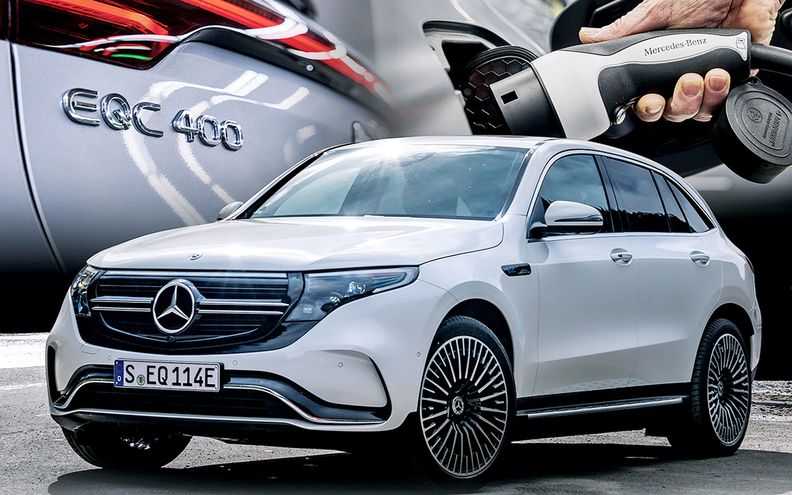
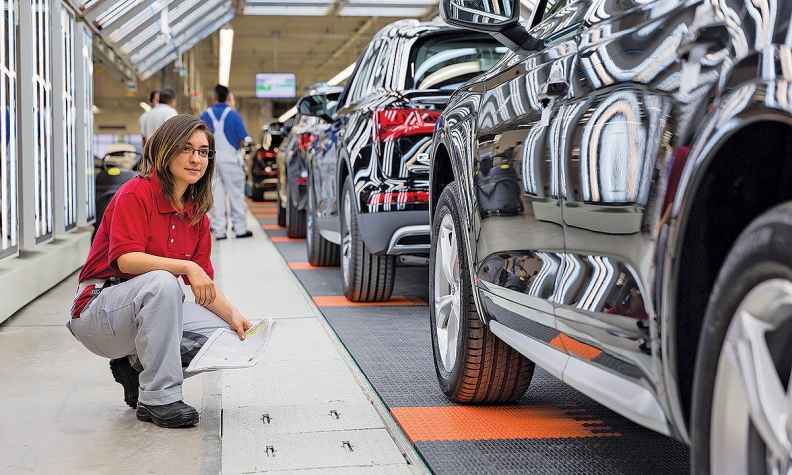

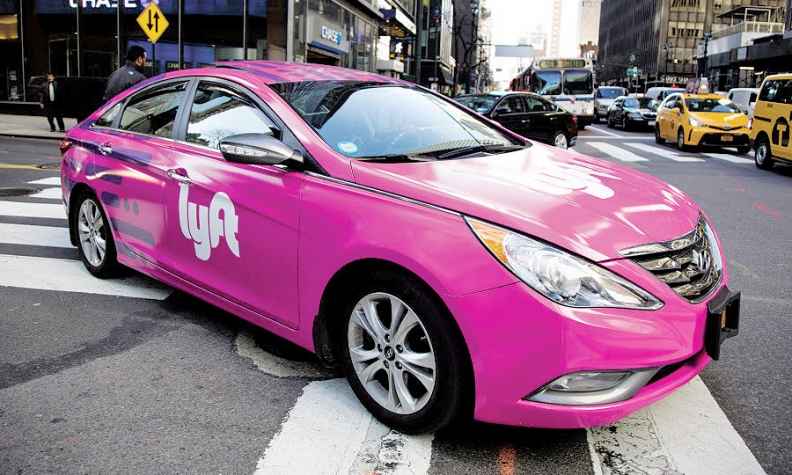
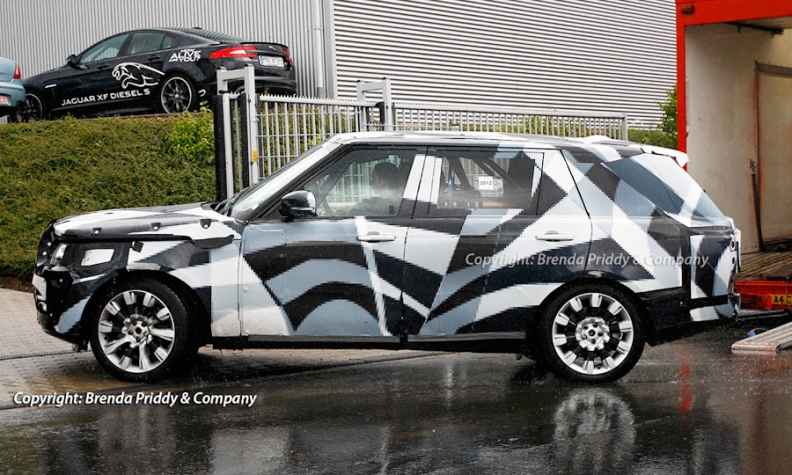
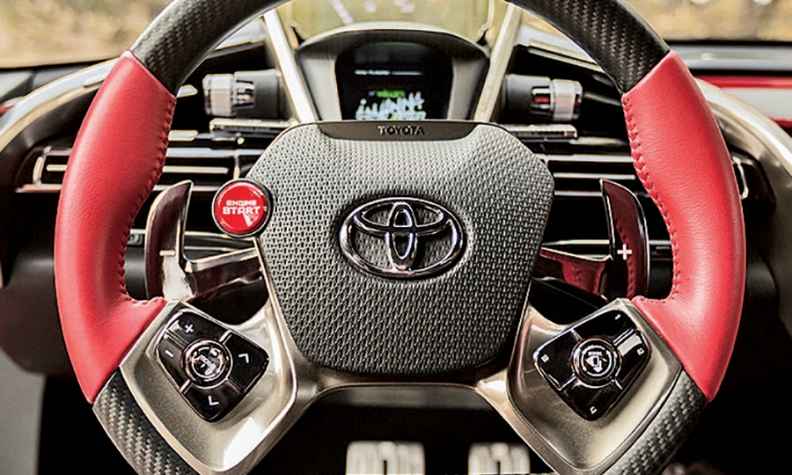
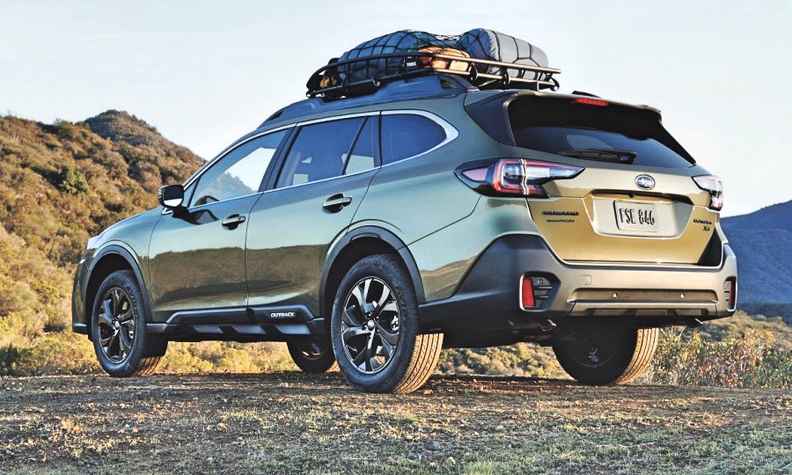
Post your comment